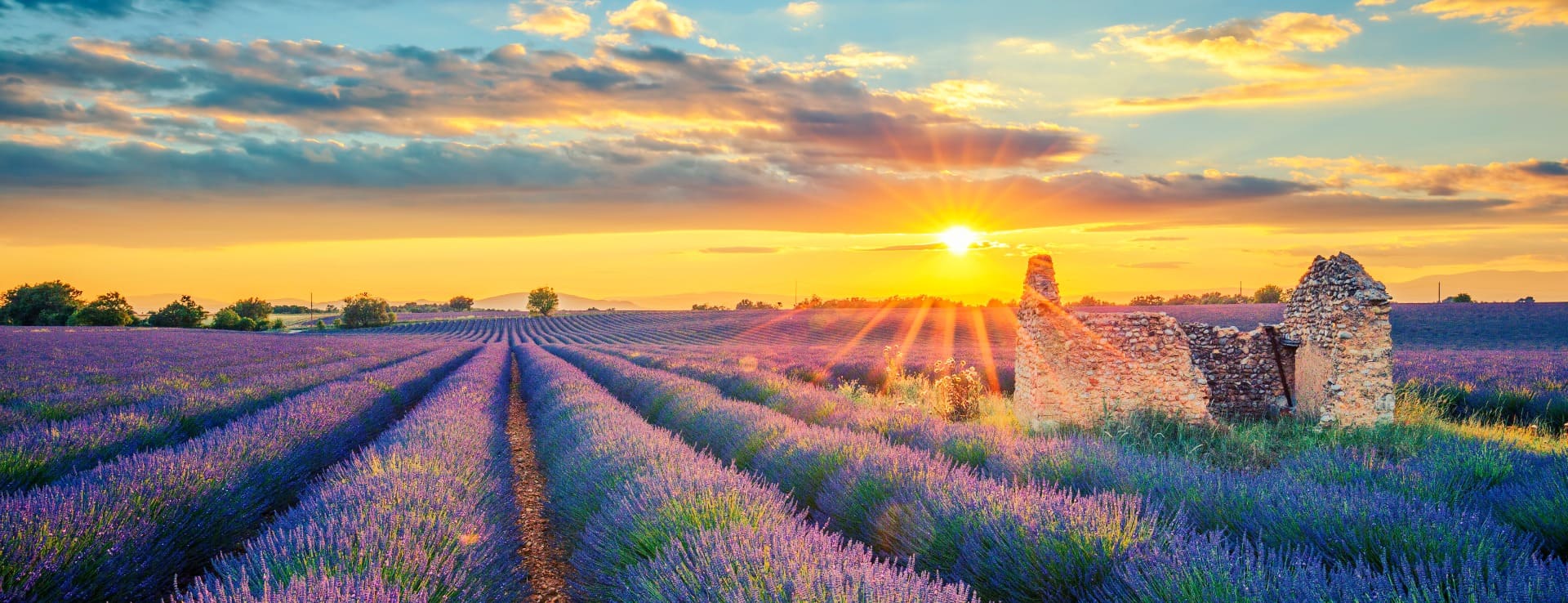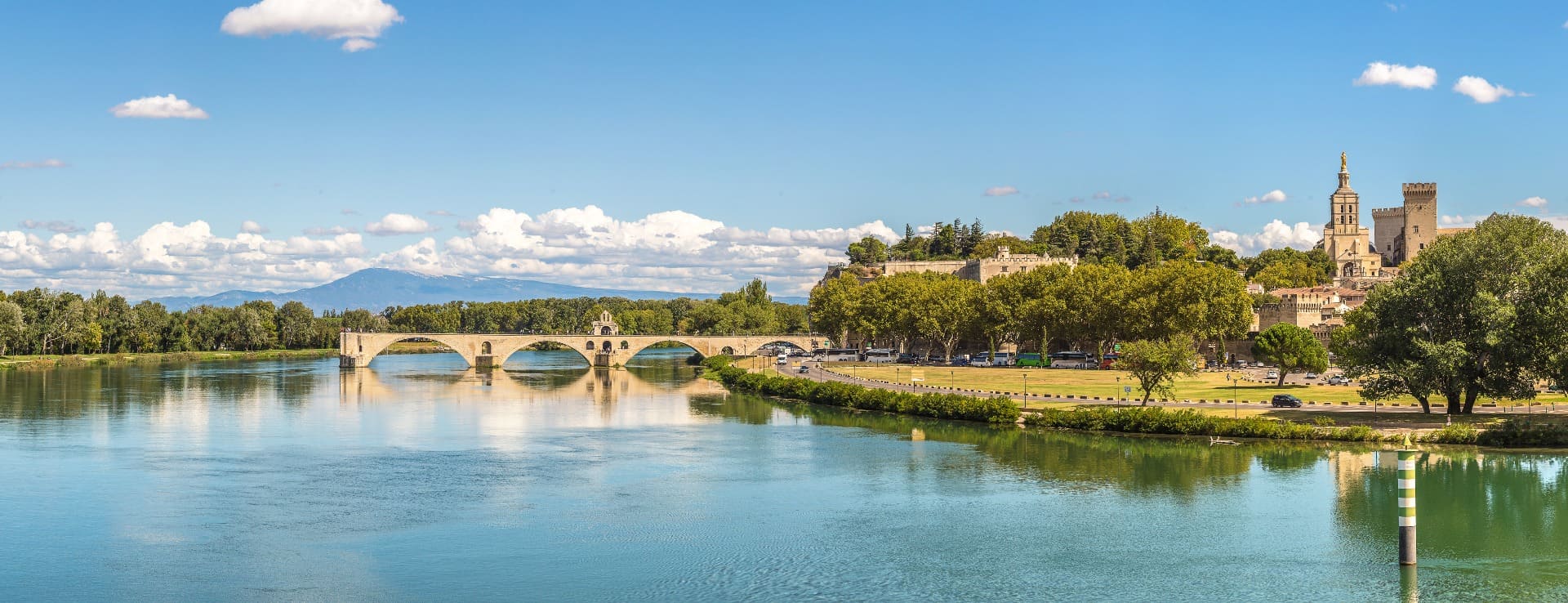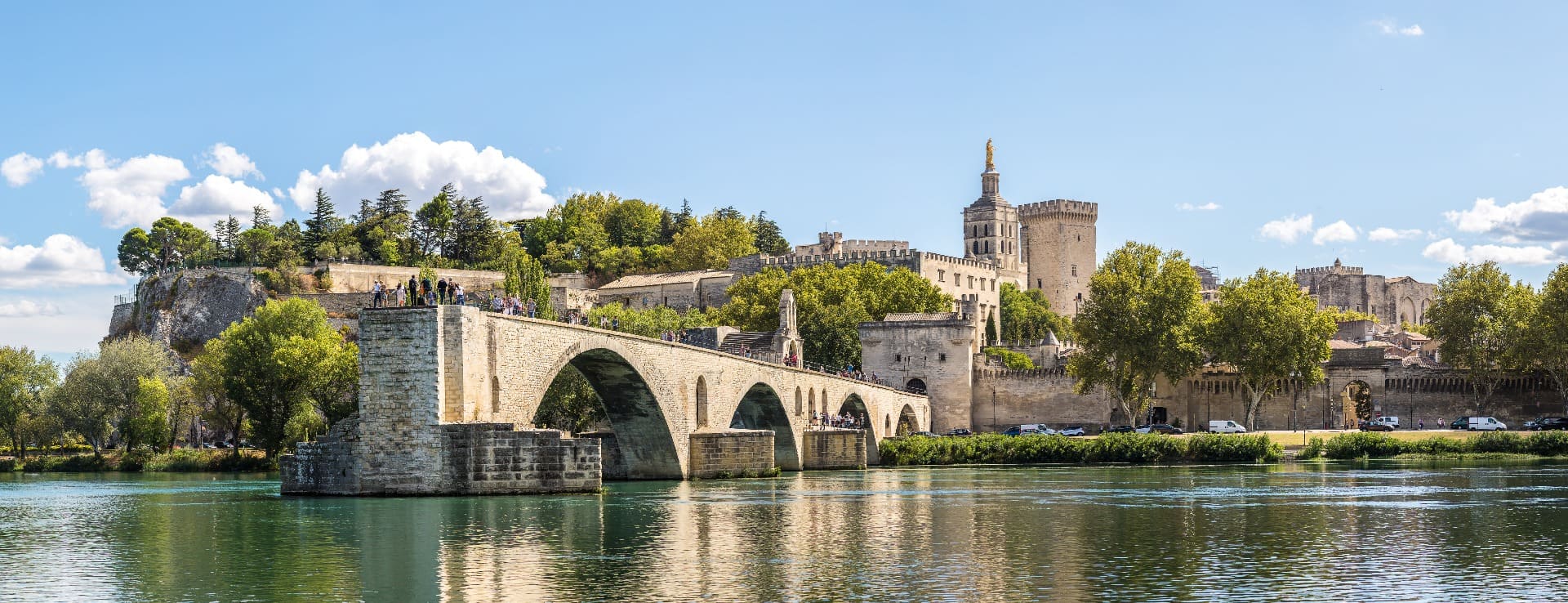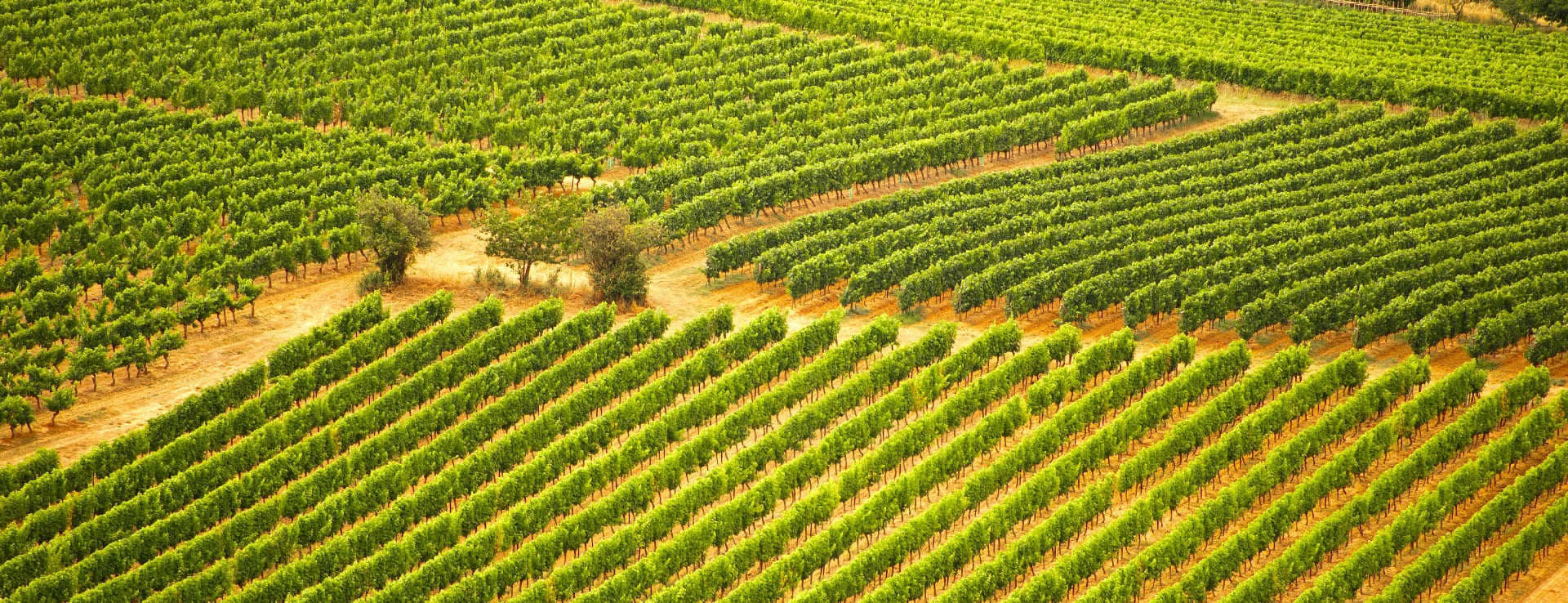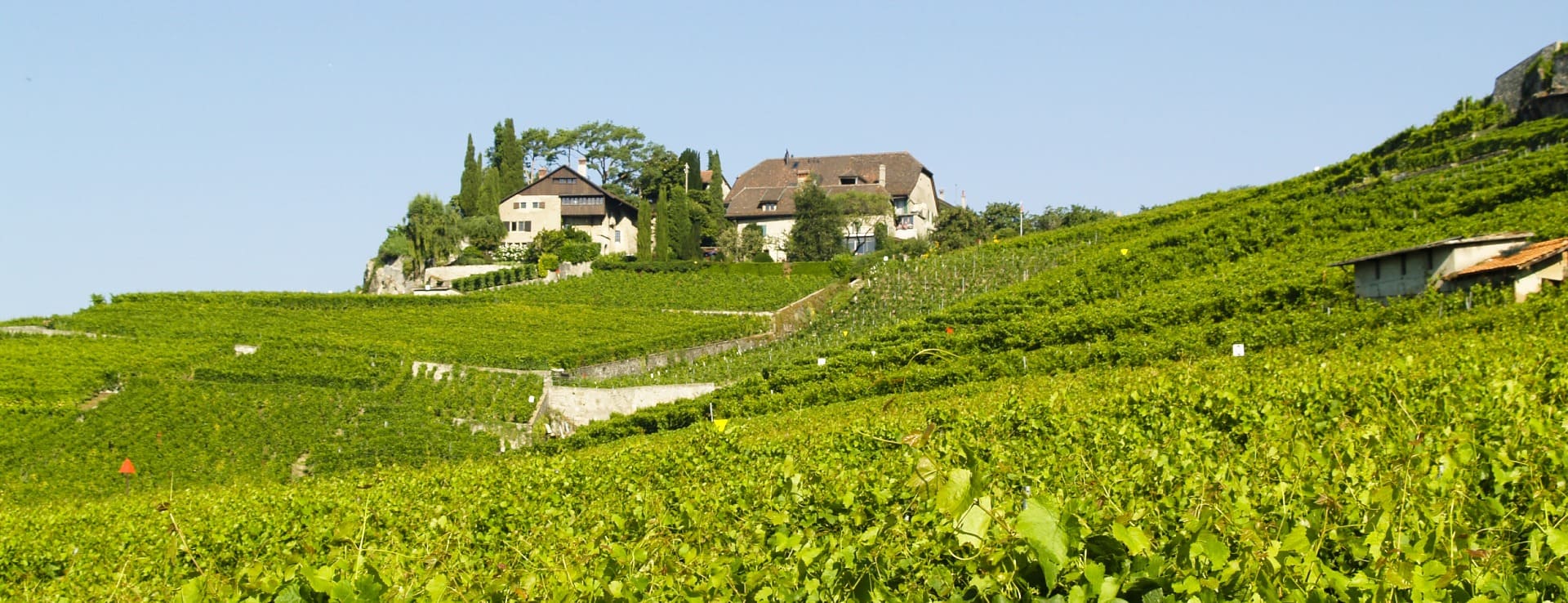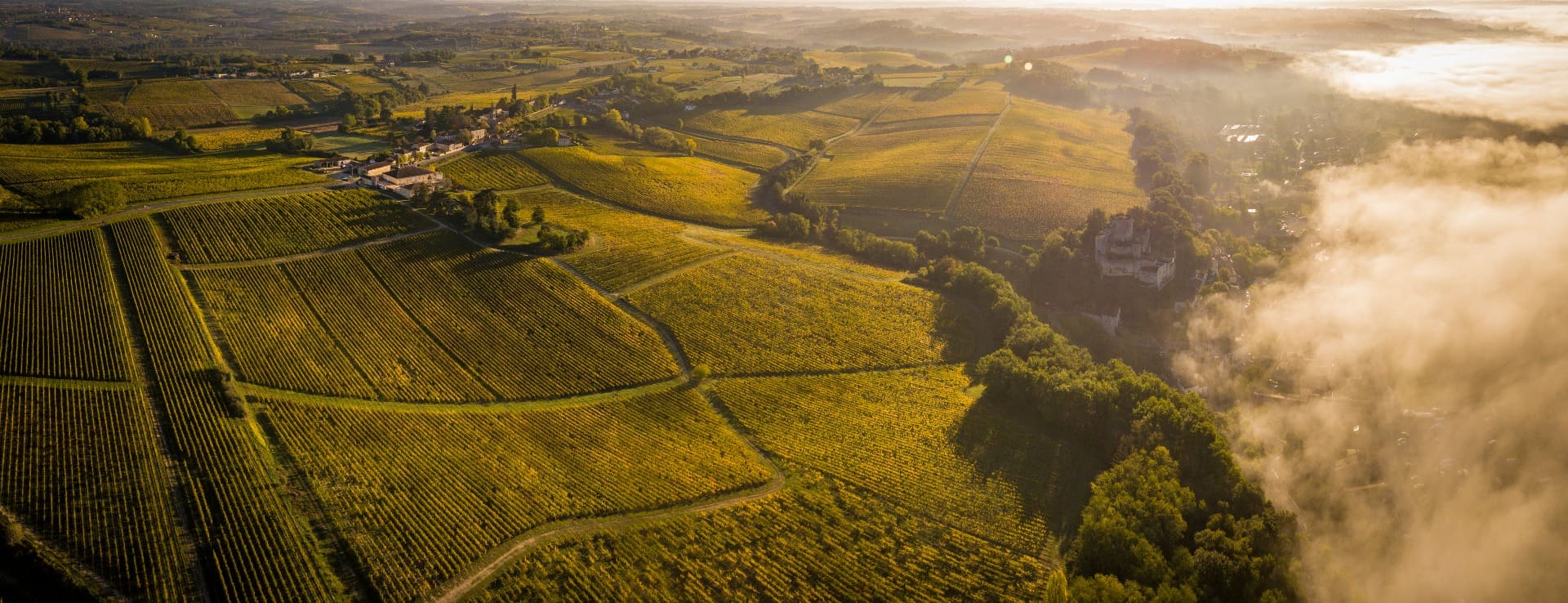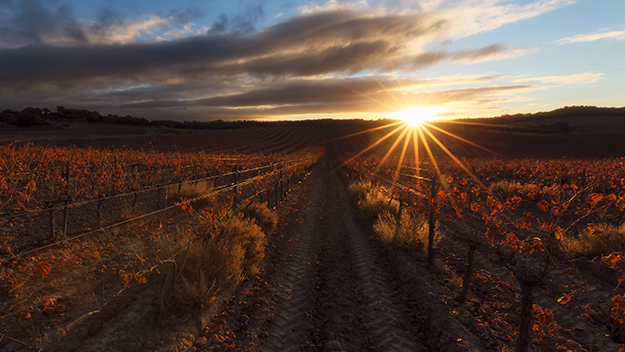Find your winery or vineyard
Departments of Vaucluse and Drôme
The different AOCs
Two regional AOCs: Côtes du Rhône and Côtes du Rhône-Villages.
Côtes du Rhône: it is the most important AOC of all because of its large area of planted vineyards, 39,650 ha. Some white wine is produced but 95% of the production is red or rosé from red Grenache.
Côtes du Rhône-Villages: covers about 9,500 ha and corresponds to certain plots in 95 villages in Gard, Vaucluse, Ardèche and Drôme, with stricter production rules than in Côtes du Rhône. Some villages can include their name to the AOC, which is called Côtes du Rhône-Villages villages like Cairanne, Rastea, Sablet (Vaucluse) and Laudun (Gardenia).
Non-regional AOCs: Côteaux du Tricastin (2,150 ha), Luberon (3,141 ha, before called Côtes du Luberon), Côtes du Ventoux (6,390 ha).
Communal AOCs:
AOC Gigondas: on the hillsides and gentle slopes that descend towards the plain, this AOC of 1,240 ha is a true terroir of sunshine, perfect for Grenache. The wines produced here are long-aged, powerful and little-known, but with a style full of personality.
AOC Vacqueyras: very comparable to Gigondas in terms of exposure, varieties and style of wines, this AOC of 1,410 ha is finding its place.
AOC Châteauneuf-du-Pape: very extensive, 3,160 ha, the AOC covers five villages and a wide variety of terroirs. Due to its size, the quality is far from the same from one place to another, and different types of vinification and ageing cohabit the area. The best wineries produce wines that are extraordinary for their density and packaging. It is necessary to know how to keep them for a few years in the cellar, a long ageing improves them enormously. The whites have been progressing for some years, but they do not reach the brilliance of the reds.
AOC Muscat-de-Beaume-de-Venise: known for its natural sweet muscat wines, the AOC covers less than 500 ha. On the same terroir, the red wines have gained their own appellation covering 560 ha, where the famous Trias is located, the AOC Beaume-de-Venise.
AOC Vinsobres: elevated to AOC in 2005 with 411 ha, it produces dense and ample wines, but it still lacks the strength to be better known.
The southern part of the Rhône vineyard today offers a renewed face with very gourmand wines. The region is vast and expansive. Divided between communal AOCs such as Châteauneuf-du-Pape or Vacqueyras and regional AOCs such as Côtes du Rhône, it spreads out towards Avignon and the southern vineyards of the Rhône Valley abandon the steep slopes of the northern AOCs for the terraced hills and alluvial plains of the riverbanks. This variety of reliefs and terroirs explains the multiplicity of varieties that are cultivated, although Grenache is the most important variety in the reds.
As the vineyards have been bathed by the sun, we imagine the wines to be concentrated, opulent, alcoholic and heavy on the palate. Some wines may appear this way but it is not a sign of quality, quite the contrary. It is all a question of balance. In great wines such as those from Châteuneuf-du-Pape, the alcohol is often balanced by a good tannic concentration. In these exceptional terroirs, as the tannins are very fine on the palate (although they are very present), the impression of the wine's power is rounded and polished. It becomes a silky caress on the palate. Its sweetness masks its resistance. Great wines are identified by this distinction, the natural balance on the palate. But it is not only due to the style of the Châteauneuf-du-Pape, the best wines of Cairanne, Gigondas and Vacqueyras also know this balance.
The whites are also expressive. If they are made with Grenache Blanc and Clairette (as in Lirac, Châteauneuf-du-Pape or the Côtes du Rhône), the wines release notes of flowers and white fruits. The Clairette-de-die, produced mainly with the Muscat variety, is recognised by its delicate perfumes of apricot, peach and honeysuckle. And finally the Muscat-de-beaumes-de-venise, with its strength, immediate opulence, enraptures us with its aromas of honey and ripe fruit. The whites account for 4% of the region's total wine production and have a golden layer of sunshine. If the Clairette-de-die variety reveals a pale golden colour, the natural sweet wines of Beaumes de Venise show a more shimmering layer.
Discover more wineries and vineyards for sale in these wine regions in France
Subscribe to our mailing list to receive news about wineries and vineyards.

